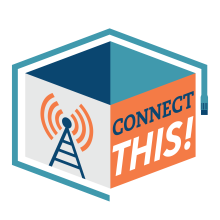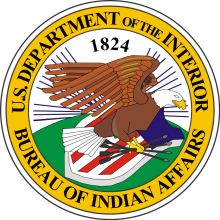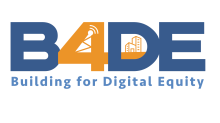Geospatial software licenses and training can be a huge help to Tribes building their own broadband networks, and federally recognized Tribes can access a number of geospatial resources at no cost.
Since 2002, the Department of the Interior has held an agreement with Esri, a leading GIS software, to make licenses and training available to the Bureau of Indian Affairs (BIA) and the governments of federally recognized Tribes.
The licenses and training are administered under the BIA’s Branch of Geospatial Support (BOGS), which “support[s] Tribes’ land management projects such as irrigation, floodplain analysis, forestry harvesting, wildfire analysis, oil and gas management, and other economic analysis,” but the resources have broadband applications well.
BOGS offers free geospatial software, geospatial training, and geospatial technical assistance to more than 900 BIA employees and 4,000 Tribal personnel.
Geographic information system (GIS) resources allow Tribes to map their networks as they are built, greatly assisting with documentation. GIS can be used to document culturally or environmentally sensitive areas, which is especially relevant if Tribes are working with contractors unfamiliar with the area.
Tribes can also leverage GIS to collect their own location data, and submit this data to the FCC to improve the agency’s maps, which are notoriously inaccurate on Tribal lands. Additionally, Tribes with existing networks can use mapping resources to compile data to feed into submission reports to the FCC as the FCC’s new reporting requirements will require some form of GIS.





